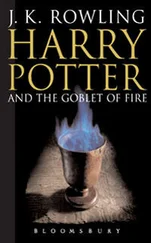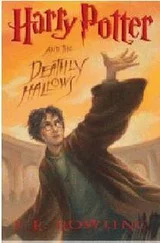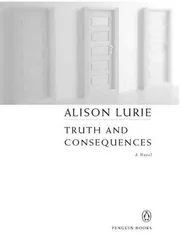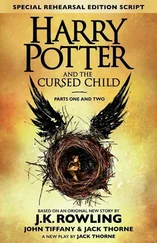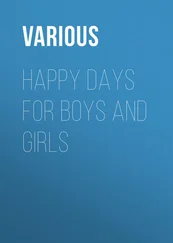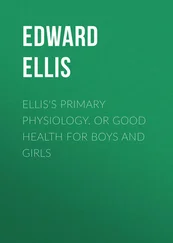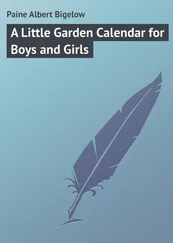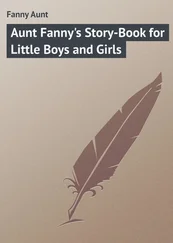In many folktales, the young hero or heroine is aided by a supernatural figure: a dwarf, a talking animal, a wise woman, or a fairy godmother. In Pinocchio this role is played by the Blue Fairy, whose most distinctive feature is the color of her hair. Blue or green hair is a traditional attribute of supernatural beings; sometimes good or neutral, like the Green Man and Green Children of British folklore, and at other times evil like Bluebeard. In Pinocchio the Blue Fairy appears in many guises. At first she is a white-faced little girl who declares that she is dead, but soon proves able to save Pinocchio from near-death, summoning three doctors to cure him. When they part she claims to be his older sister. Later in the story she appears as a young working woman who takes Pinocchio home, feeds him, and declares that she will be his Mama. Later he sees her as a little she-goat with indigo hair; finally she appears in a dream as a beautiful fairy who changes him into a real boy. 6
Collodi, however, seems to deny the idea that Pinocchio is a romantic fairy tale at the very start of his book.
Once upon a time, there was . . .
‘A king!’ my little readers will say right away. No, children, you are mistaken. Once upon a time there was a piece of wood.
It wasn’t expensive wood, just the ordinary kind that we take from a woodpile in the winter and put in the stove . . . 7
In other words, his story will be grounded not in a world of high-flown fantasy but in the harsh economic realities of working-class life in Italy in the late nineteenth-century, when the country was in the difficult process of becoming a united nation. It is a place of constant, grinding poverty, eased only by love and self-sacrifice. Pinocchio begins life as a rebellious, inconsiderate, self-centered little boy who disobeys adults and disregards rules, always with dangerous results. Instead of going to school for instance, he sells the schoolbook Gepetto has bought him and buys a ticket to the puppet theatre. There he is entrapped by the terrifying Puppet-Master and nearly burned alive on a kitchen fire.
Willingness to work and sacrifice himself for others is Pinocchio’s eventual salvation. At the theater he escapes death when he impulsively offers himself as a substitute for another doomed puppet, briefly touching the Puppet-Master’s heart. His final transformation is the result of his willingness to work long hours at an exhausting job to earn money for his ailing foster-father, Gepetto, and his supernatural mother, the Blue Fairy.
In the Disney film it is inexperience and bad advice rather than selfishness and disobedience that gets Pinocchio into trouble. He is led to the puppet theatre by two villains, the Cat and the Fox, who—in a very Hollywood touch—promise him fame and money in a song whose refrain is ‘It’s great to be a celebrity’. (Of course, in Disney’s hands Pinocchio did become a kind of celebrity). He also, in the film version, becomes prosperous. In the original novel he merely manages, through hard work, to support his foster-father—though, in the end, the Blue Fairy does transform their shabby room into a comfortable cottage and give him forty golden coins. But the important thing is that he becomes ‘a proper boy,’ un ragazzino perbene , 8which in Italian, as the critic Ann Lawson Lucas points out, has a double meaning: Pinocchio is now both a real boy and a good boy. 9
Will Pinocchio remain a good boy? And, if he does, will readers continue to care about him? The book is thirty-six chapters long, and only in the last two does he consistently behave well. Delinquency and rebellion are more interesting and more fun to read about than moral perfection. As the critic Lois Kunetz says, ‘Pinocchio is loved the better for his misdemeanors.’ 10In this, he may remind us of other Good Bad Boy heroes, both in fiction and in real life. It is perhaps an especially popular type in Italy, where the grown man with a warm heart, a love of escapades, and an impatience with social rules and restrictions, is often seen as charming and seductive. If someone like this appears truly (though sometimes only temporarily) sorry for his transgressions, he may be forgiven again and again by his friends and relatives, as repentant sinners are by the Catholic Church.
Pinocchio is an Italian story in several other ways. It is full of Northern Italian landscapes and Italian dishes, such as the red mullet with tomato sauces and tripe a la parmesan that the Fox and the Cat dine on at the hero’s expense. It also embodies the traditional Italian belief that the family is of central importance. You can have a good time with your friends, but you can only truly trust your kin. Good parents will sacrifice themselves for their children without a murmur, as Gepetto does when there is nothing to eat in the house but three pears, and he allows Pinocchio thoughtlessly and greedily to devour them all. (This episode, like others, was eliminated from the Disney film.) Good children will also sacrifice themselves for their parents, as Pinocchio does when he and his father, like Jonah in the Bible, escape from the belly of the Great Shark, and he carries Gepetto out of the sea on his back.
Some critics have noted other parallels between Pinocchio and Christian legend. They have remarked that the hero is the foster son of a carpenter named Giovanni (the Italian version of Joseph) and that he dies and is resurrected at least three times. (In one of these deaths, he is hung on a tree.) They have also suggested that the Blue Fairy is a version of the Virgin, who in art often wears a blue robe—though Mary’s robe is usually sky-blue, while Collodi always describes the Fairy’s hair as indigo.
To some readers, Pinocchio is a sacrificial victim; others have seen him as a hero of the rebellious working class, whose escapades defy social rules. Psychologists have seen his escape from the Great Shark as a kind of rebirth, and suggested that his expanding nose tells us that lies are virile. Like most great works of children’s literature, Pinocchio lends itself to many and varied interpretations, and will surely continue to do so in the future.
FOREWORD
1
.
Lurie,
Don’t Tell the Grown-Ups
.
2
.
Applegate,
The Predatord
, p. 14.
3
.
Ibid., p. 84.
THE UNDERDUCKLING: HANS CHRISTIAN ANDERSEN
1
.
Hans Christian Andersen,
The Fairy Tale of My Life
, quoted in Wullschlager,
Hans Christian Andersen
, p. 20.
2
.
William Bloch, quoted in Wullschlager,
Hans Christian Andersen
, p. 7.
3
.
Wullschlager,
Hans Christian Andersen
, p. 4.
4
.
Ibid., p. 135.
5
.
Andersen,
Fairy Tales and Legends
, p. 355.
6
.
Ibid., p. 205.
7
.
H. C. Andersen’s Levnedsbog
, edited by H. Topsoe-Jensen, quoted in Wullschlager,
Hans Christian Andersen
, p. 29.
8
.
In eighteenth-century France, however, there had been a vogue among aristocratic women for elaborate fairy tales of the sort associated with Charles Perrault and Madame d’Aulnoy, the author of “Beauty and the Beast.”
9
.
Andersen,
Fairy Tales and Legends
, p. 107.
10
.
Edvard Collin, quoted in Wullschlager,
Hans Christian Andersen
, p. 109.
11
.
Letter to Edvard Collin, quoted in Wullschlager,
Hans Christian Andersen
, p. 110.
12
.
Andersen,
Fairy Tales and Legends
Читать дальше

